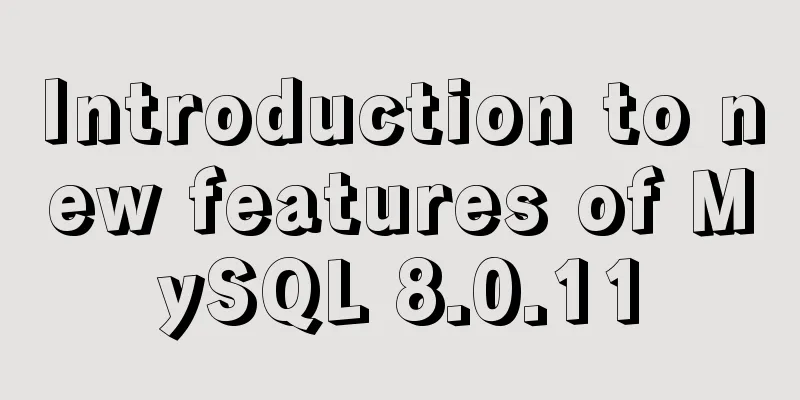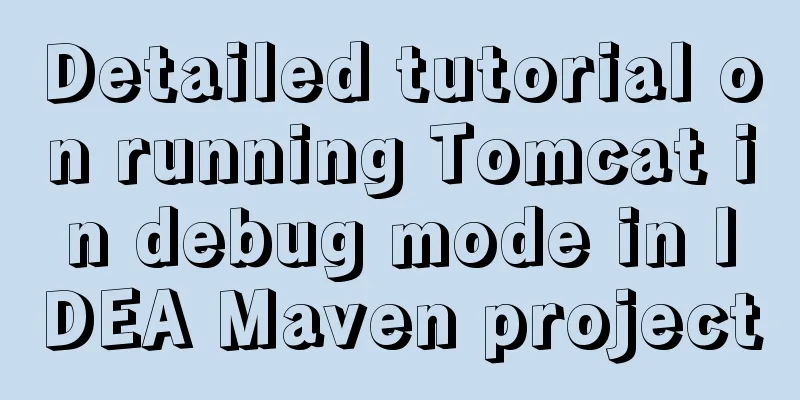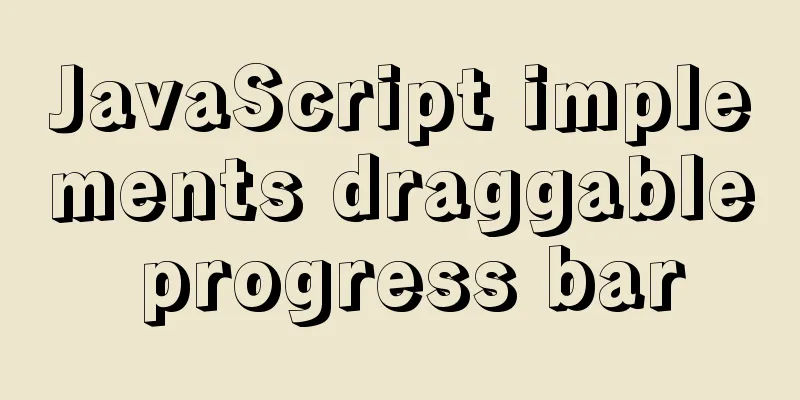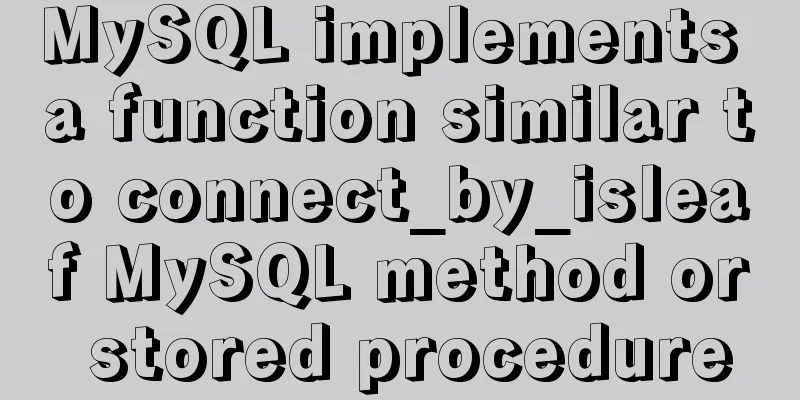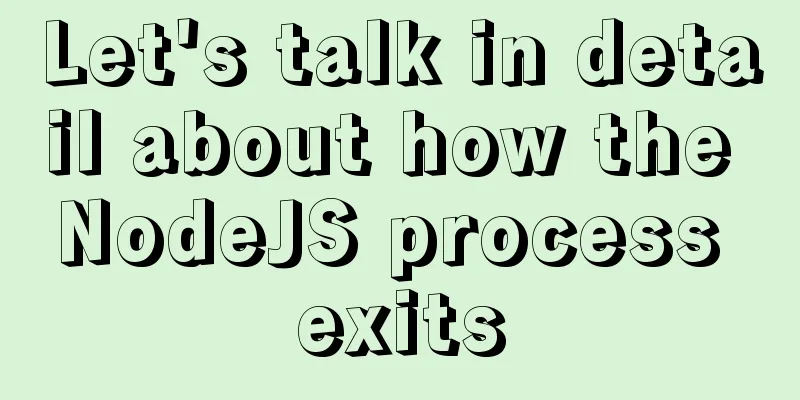Tutorial on using Docker Compose to build Confluence
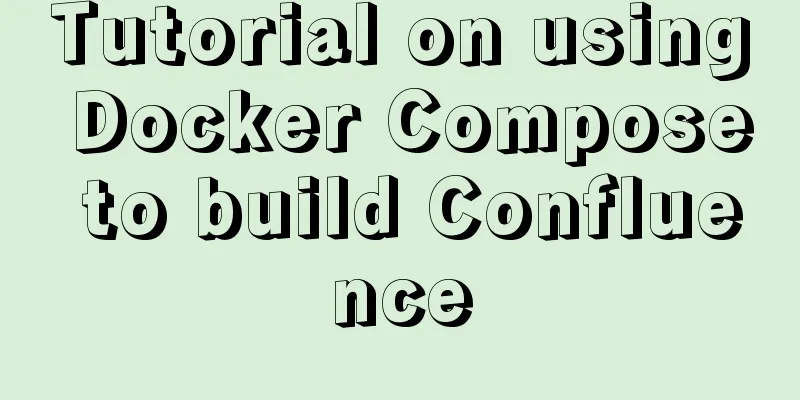
|
This article uses the "Attribution 4.0 International (CC BY 4.0)" license agreement. You are welcome to reprint or modify it for use, but you need to indicate the source. Attribution 4.0 International (CC BY 4.0) Author: Su Yang Creation time: March 30, 2019 Word count: 5170 words Reading time: 11 minutes to read this article link: https://soulteary.com/2019/03/30/construct-confluence-with-docker.html Building Confluence with DockerFor small team collaboration or if you want to spend money to save worry, Confluence is one of the better choices. However, when I installed Confluence recently, I found that the official and online installation instructions were relatively "backward" and inefficient, so I wrote this article. This article will introduce how to use Docker Compose to quickly build Confluence and how to use it with Traefik . If you have read the previous content, you should be able to solve the battle in ten minutes by following this article. Basic preparation
Here we will explain two representative versions:
If you also choose to use MySQL as the storage backend, you need to download this file. Generally, you will get a compressed package of mysql-connector-java-5.1.47.tar.gz . After decompression, you will get mysql-connector-java-5.1.47.jar , which we will use later. For the use of old versions of softwareLet's talk about the old version first. If you just need basic Wiki functionality, the following configuration file should be able to meet your needs.
version: '3'
services:
confluence:
image: atlassian/confluence-server:6.4.3-alpine
expose:
- 8090
- 8091
networks:
- traefik
labels:
- "traefik.enable=true"
- "traefik.port=8090"
- "traefik.frontend.rule=Host:${DOMAIN}"
- "traefik.frontend.entryPoints=http,https"
volumes:
- ./data:/var/atlassian/application-data/confluence
- ./mysql-connector-java-5.1.47.jar:/opt/atlassian/confluence/confluence/WEB-INF/lib/mysql-connector-java-5.1.47.jar
networks:
traefik:
external: trueAfter saving the above file as docker-compose.yml , we create another basic configuration file **.env **, which is as simple as the above configuration. The file content can be as follows. DOMAIN=wiki.lab.com Put docker-compose.yml , .env , and mysql-connector-java-5.1.47.jar in the same directory. If your Traefik is ready at this moment, execute Simply access the domain name you configured, such as If you choose to deploy Confluence on the public network, you might as well simply add Because we use Traefik, adding this feature is very simple and only requires two steps: The first step is to add the following content to the
- "traefik.frontend.auth.basic=${BASIC_AUTH}" The second step is to execute BASIC_AUTH=user:$apr1$MzgRxukq$MhYl/2JidzUNlHfyfIQF41 When another scanner wants to scan the application directly, it will be blocked by Basic Auth. Application health check errorWhen you complete the installation and start using it, you will find a warning message in the upper right corner of the interface.
This problem is mentioned in the official knowledge base. If you are also using an earlier version (before 6.6), you can actually solve the problem by configuring For example, add a statement in docker-compose.yml to let the application server look for the application address on the local machine instead of accessing the application on the public network address. The reference configuration is as follows:
version: '3'
services:
confluence:
image: atlassian/confluence-server:6.4.3-alpine
expose:
- 8090
- 8091
networks:
- traefik
labels:
- "traefik.enable=true"
- "traefik.port=8090"
- "traefik.frontend.rule=Host:${DOMAIN}"
- "traefik.frontend.entryPoints=http,https"
volumes:
- ./data:/var/atlassian/application-data/confluence
- ./mysql-connector-java-5.1.47.jar:/opt/atlassian/confluence/confluence/WEB-INF/lib/mysql-connector-java-5.1.47.jar
extra_hosts:
- "${DOMAIN}:127.0.0.1"
networks:
traefik:
external: trueIsn’t it very simple? If your needs are basic, the above configuration should be able to meet your needs. For the use of new version software Next, let's talk about how to use the latest version of the software. Since we use containers, updating the version is very simple. Just modify the version number of the image in the configuration file. For example, if I want to upgrade the lower version Other basic usage is consistent with the old version of the software. However, there are a few minor issues here that need to be addressed. The database cannot be connected correctly
To solve this problem, you can choose to configure an encrypted MySQL connection and update the certificate in the container, or you can choose to add parameters to turn off the mandatory use of encrypted connection requests. The latter is simpler and can be done if the requirements are not high. Edit Traefik Basic Auth and Tomcat interact In the new version of the software logic, there is additional processing for requests with This is obviously not the purpose of adding Basic Auth, and in actual use, it is not recommended to directly expose Confluence's authentication interface to the outside world. The solution is simple. Add a line in Again, restarting the app will solve the problem. A slightly more troublesome health checkBecause we use Traefik to mount the certificate, the application actually runs behind a proxy server. When you access the console using the administrator, you will see a warning message.
Considering the normal use of the application, we usually modify the protocol, such as modifying the site base URL to
The reason is that for newer versions of applications, the health check logic comes with port and protocol judgment. The happy days when lower versions could directly use Traefik to reverse mount certificates are gone forever. Solving the problem requires three steps. The first step is to copy the Tomcat running configuration docker cp da5582a01879:/opt/atlassian/confluence/conf/server.xml . In the second step, update the configuration of the Connector with port 8090 to the following content (pay special attention to the last line):
<Connector
port="8090"
connectionTimeout="20000"
redirectPort="8443"
maxThreads="48" minSpareThreads="10"
enableLookups="false"
acceptCount="10"
debug="0"
URIEncoding="UTF-8"
protocol="org.apache.coyote.http11.Http11NioProtocol"
proxyName="wiki.lab.com" proxyPort="443" scheme="https"/> The third step is to update Add the following content to the - ./server.xml:/opt/atlassian/confluence/conf/server.xml Also delete the Restart the app and everything should be fine. Complete configuration fileFor ease of use, a complete reference configuration is given here.
version: '3'
services:
confluence:
image: atlassian/confluence-server:6.15.1-alpine
expose:
- 8090
- 8091
networks:
- traefik
labels:
- "traefik.enable=true"
- "traefik.port=8090"
- "traefik.frontend.rule=Host:${DOMAIN}"
- "traefik.frontend.entryPoints=http,https"
- "traefik.frontend.auth.basic.removeHeader=true"
- "traefik.frontend.auth.basic=${BASIC_AUTH}"
volumes:
- ./data:/var/atlassian/application-data/confluence
- ./mysql-connector-java-5.1.47.jar:/opt/atlassian/confluence/confluence/WEB-INF/lib/mysql-connector-java-5.1.47.jar
- ./server.xml:/opt/atlassian/confluence/conf/server.xml
networks:
traefik:
external: trueat lastAlthough Confluence is a good solution for teams, it may be better to use the completely open source and free WordPress for individuals/teams with customization capabilities. In the next article, I will introduce some customization of WordPress for knowledge management purposes. The above is the details of using Docker to build Confluence. For more information about using Docker to build Confluence, please pay attention to other related articles on 123WORDPRESS.COM! You may also be interested in:
|
<<: Introduction to 10 Hooks in React
>>: How to place large images in a small space on a web page
Recommend
The data folder failed to be created automatically during the installation of mysql8.0.14.zip. The service cannot be started.
After reinstalling the system today, I reinstalle...
MySQL scheduled database backup operation example
This article describes the example of MySQL sched...
Detailed explanation of the difference between in and exists in MySQL
1. Prepare in Advance For your convenience, I cre...
How to use shell scripts in node
background During development, we may need some s...
MySQL time difference functions (TIMESTAMPDIFF, DATEDIFF), date conversion calculation functions (date_add, day, date_format, str_to_date)
1. Time difference functions (TIMESTAMPDIFF, DATE...
WeChat applet uses canvas to draw clocks
This article shares the specific code of using ca...
A brief discussion on two methods to solve space-evenly compatibility issues
Since its launch in 2009, flex has been supported...
CSS3 realizes bouncing ball animation
I usually like to visit the special pages or prod...
How to store false or true in MySQL
MySQL Boolean value, stores false or true In shor...
17 excellent web designs carefully crafted by startups
Startups often bring us surprises with their unco...
Problems with join queries and subqueries in MySQL
Table of contents Basic syntax for multi-table jo...
15 Best Practices for HTML Beginners
Here are 30 best practices for HTML beginners. 1....
Example code for implementing a QR code scanning box with CSS
We usually have a scanning box when we open the c...
JavaScript pre-analysis, object details
Table of contents 1. Pre-analysis 1. Variable pre...
Install CentOS7 in VMware (set static IP address) and install mySql database through docker container (super detailed tutorial)
A sophomore asked me how to install and configure...


